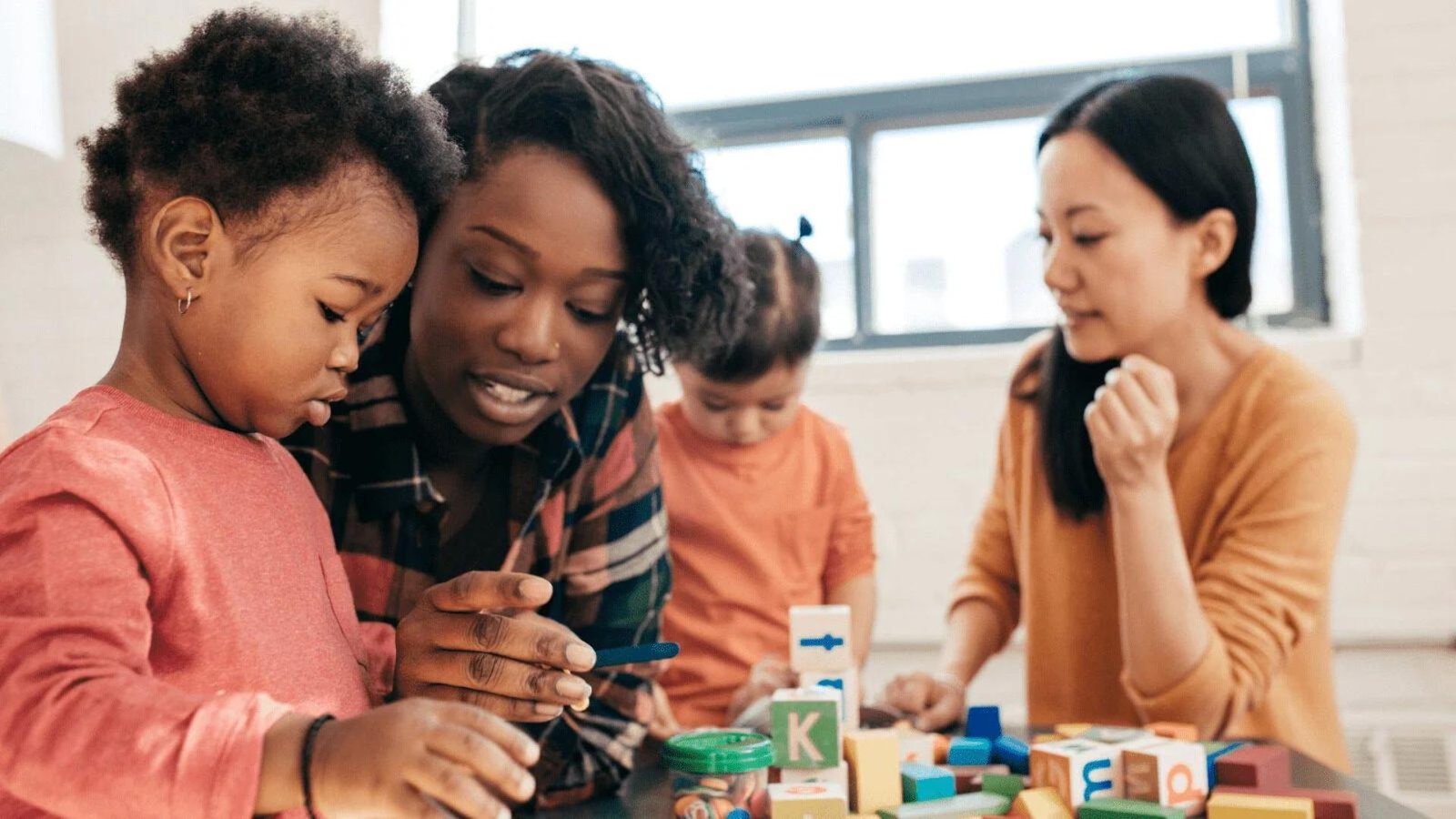|
Getting your Trinity Audio player ready...
|
The stages of child development refer to the various phases of growth and maturation that children go through from infancy to adolescence. These stages are characterized by physical, cognitive, emotional, and social changes, each with its own set of milestones and challenges. Understanding these phases of child growth is crucial for parents, caregivers, and anyone interacting with children. Let’s delve into the five basic stages of child development, exploring their characteristics and how to best support your little one’s growth:

1. Newborn (0-1 month)
2. Infant (1-12 months)
3. Toddler (1-3 years)
4. Preschooler (3-5 years)
5. School Age (5-12 years)
Remember: These stages are a general guide, and every child develops at their own pace. Some may progress faster in certain areas, while others may take more time. It’s important to avoid comparing your child to others and focus on celebrating their milestones and achievements.
Additional Tips:
- Provide a stimulating and nurturing environment that encourages exploration, learning, and play.
- Engage in regular communication and interaction with your child to foster their language development and emotional well-being.
- Set clear expectations and boundaries, while also offering guidance and support.
- Celebrate your child’s successes, big and small, to boost their confidence and motivation.
- Most importantly, enjoy the journey! Watching your child grow and develop is a precious and rewarding experience.

